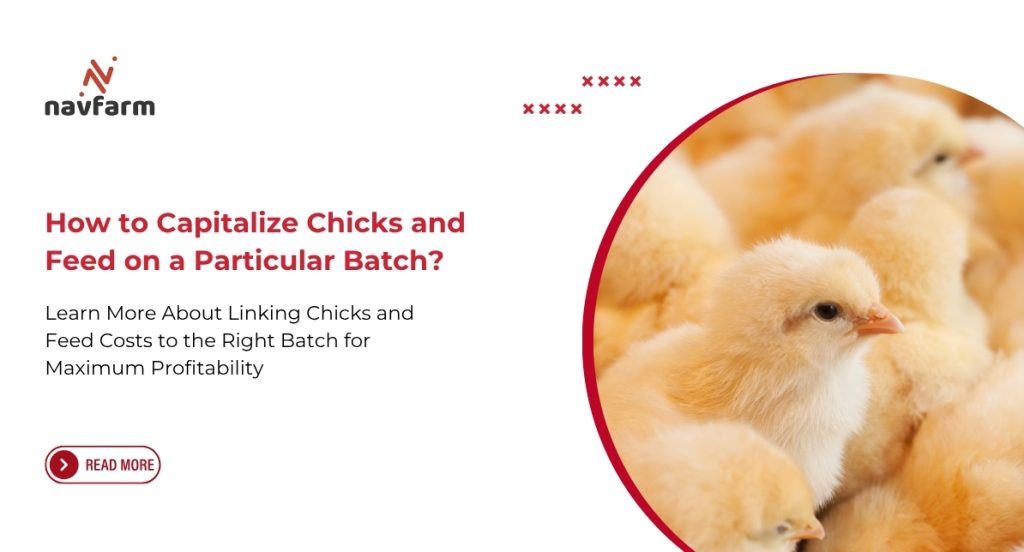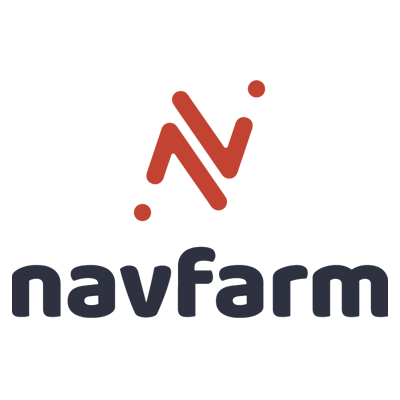
In poultry farming, batch management is one of the most critical steps for ensuring profitability and efficiency. Every batch of birds comes with its own investment – mainly in the form of chicks and feed. Correctly capitalizing these costs for a specific batch is not only important for accurate financial reporting, but also for understanding your production performance and ROI.
Navfarm makes this process simple, transparent, and error-free. Let’s break it down.
1. Understanding Capitalization in Poultry Farming
Capitalization means recording the cost of your chicks and feed as an investment for a particular batch rather than just an expense.
Why? Because these costs directly contribute to future revenue once the birds are sold or processed.
For example:
- Chick cost = ₹40 per chick × 1,000 chicks = ₹40,000
- Feed cost (over the growing period) = ₹60,000
Total capitalized cost for the batch = ₹1,00,000
By tracking this per batch, you know exactly how much you’ve invested and can calculate cost per kg live weight, FCR (Feed Conversion Ratio), and overall profit margin.
2. Linking Chicks & Feed to a Batch in Navfarm
Navfarm’s batch management module ensures every cost is attached to the right flock. Here’s how:
Step 1: Create a Batch
- Go to Batch Management in Navfarm
- Assign a Batch Name/ID (e.g., “Broiler-Jan25-Batch1”)
- Input placement date, expected harvesting date, and total chicks placed.
Step 2: Capitalize Chicks
- Under Chick Purchase, enter:
- Supplier name
- Quantity of chicks received
- Rate per chick
- Any transportation or vaccination charges
- Assign this purchase to the specific batch ID.
Step 3: Capitalize Feed
- Go to Feed Purchase
- Enter details of feed bought:
- Type (Starter, Grower, Finisher)
- Quantity
- Price per kg/bag
- Tag every feed purchase to the same batch.
Step 4: Track Usage
- As feed is consumed, record it in the system against the batch. This helps in monitoring feed conversion efficiency and prevents wastage.
3. Benefits of Batch-Wise Capitalization
- Clear Cost Visibility – Know exactly how much you’ve spent on each batch.
- Better Profit Tracking – Compare investment vs. output easily.
- Improved Decision-Making – Identify which batches perform best and why.
- Regulatory Compliance – Maintain accurate records for audits and subsidies.
4. Navfarm Advantage
With Navfarm’s digital platform:
- No manual calculations – the system auto-summarizes batch costs.
- Real-time tracking of feed usage and chick mortality.
- Quick profitability reports for each batch.
- Cloud-based access for on-the-go monitoring.
Conclusion
Capitalizing chicks and feed on a particular batch is not just an accounting exercise – it’s a smart business strategy. By tracking your investments accurately, you make better decisions, reduce losses, and boost profits.
With Navfarm, you can manage this entire process effortlessly, ensuring that every chick and every kilogram of feed is accounted for – because in poultry farming, every gram counts.
Ready to optimize your farm operations? Let NavFarm keep you informed—every minute, every step.
For more information, click on the link given below:
